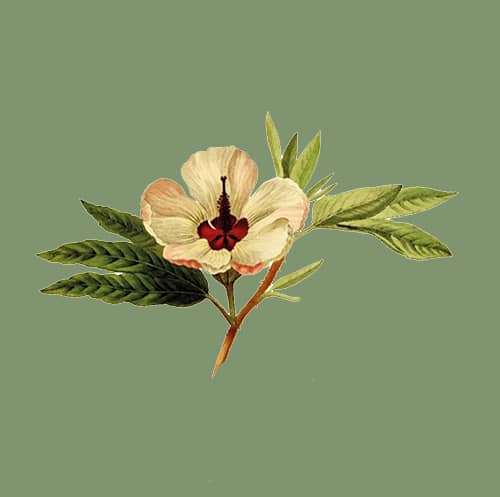Longing to visit Japan’s Zen gardens without the trepidation of travel? Why not infuse an essence of Japan within your own garden.
Let us teleport you to the heart of Japan, take you back in time and divulge the enchanting components of Japanese Zen gardens.
Envision the ultimate Zen garden of relaxation. A hypnotising combination of colours coupled with a fusion of flowers. A grand oriental tea house stands before you, engulfed within a delicate display of cherry blossom.
Japanese gardens have been historically celebrated for centuries due to their tranquil nature and elegant construction. The demand for Japanese style gardens has shaped traditional British landscaping and has enabled an amalgam of Japanese culture to be installed within British gardening. Traditional Japanese Zen garden features have an ancient past that have been preserved and reintroduced into the modern garden.
Join us as we delve into the historical depths of the Japanese garden and demonstrate some simple yet stunning Japanese garden features, perfect for your very own Zen garden.
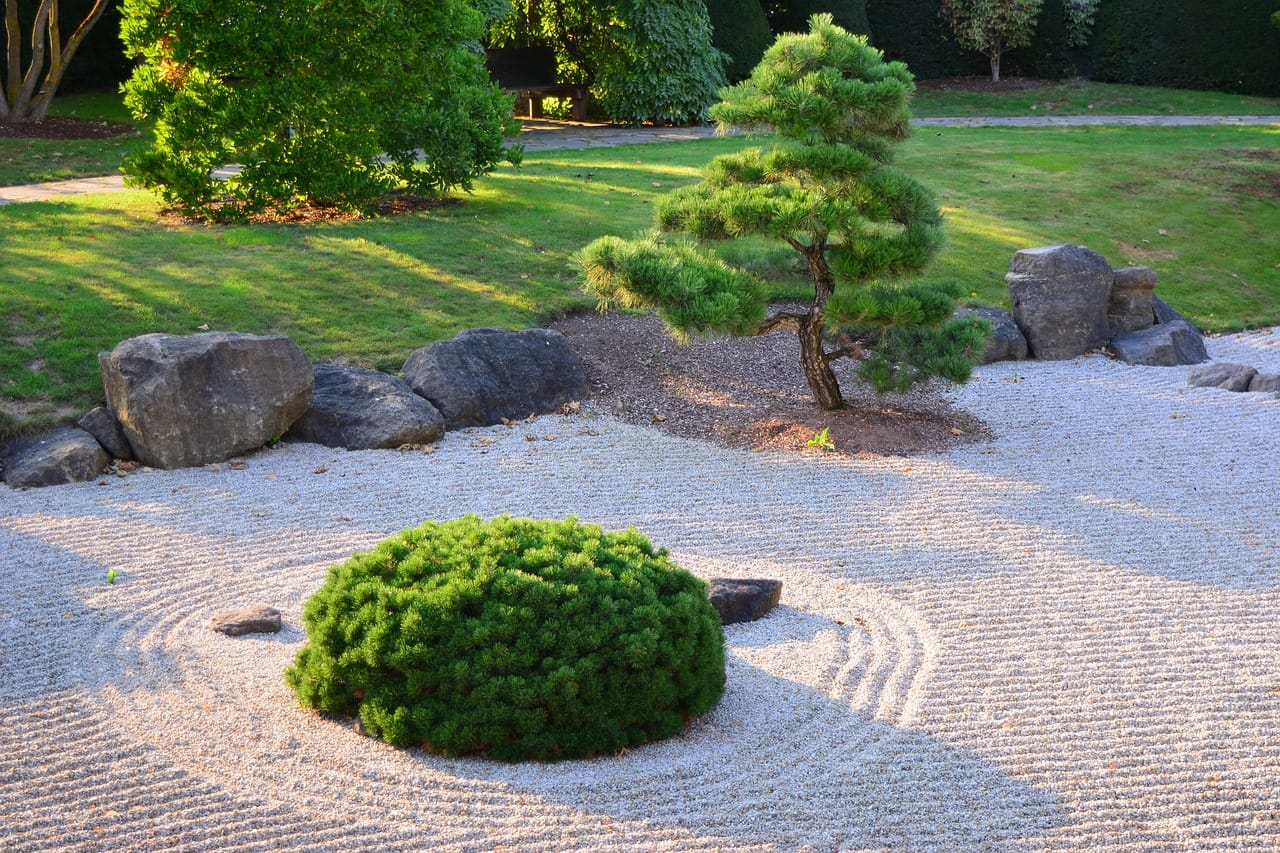
History of the Japanese garden
There are multiple types of ‘Japanese Garden’ that have evolved throughout history. The first indications of the creation of the Japanese garden stem from the Nara Period (710-794 AD). This was the birth of Chinese culture and signified a break away from tribal culture. Chinese models inspired the creation of these gardens, however, not a single garden from this period still exists today.
Nonetheless, there are many paintings and designs deriving from the Nara Period that have been preserved, demonstrating these beautifully landscaped lakes and lands. These minimalistic yet glorious gardens presented a great expanse of land and a bold body of water, whilst also including simplistic features such as ponds, stone formations and pebble beaches. Initially emerging from The Imperial Palace, these gardens were erected for the use of the emperor and a range of aristocrats. Therefore, it can be said that the great natural power that radiates from the design of these gardens was devised to thrust a feeling of authority and an attitude of superiority.
In the Heian Period (794-1185), contact between China and Japan declined, enabling local people to seize influence over these model gardens. Thus ‘The Paradise Garden’ was created. This garden had a uniquely Japanese style, combining both indigenous and borrowed features. Gardens tended to include a noble building, allowing occasions to be thrown, whilst allowing visitors to be captivated by the magnificent landscape.
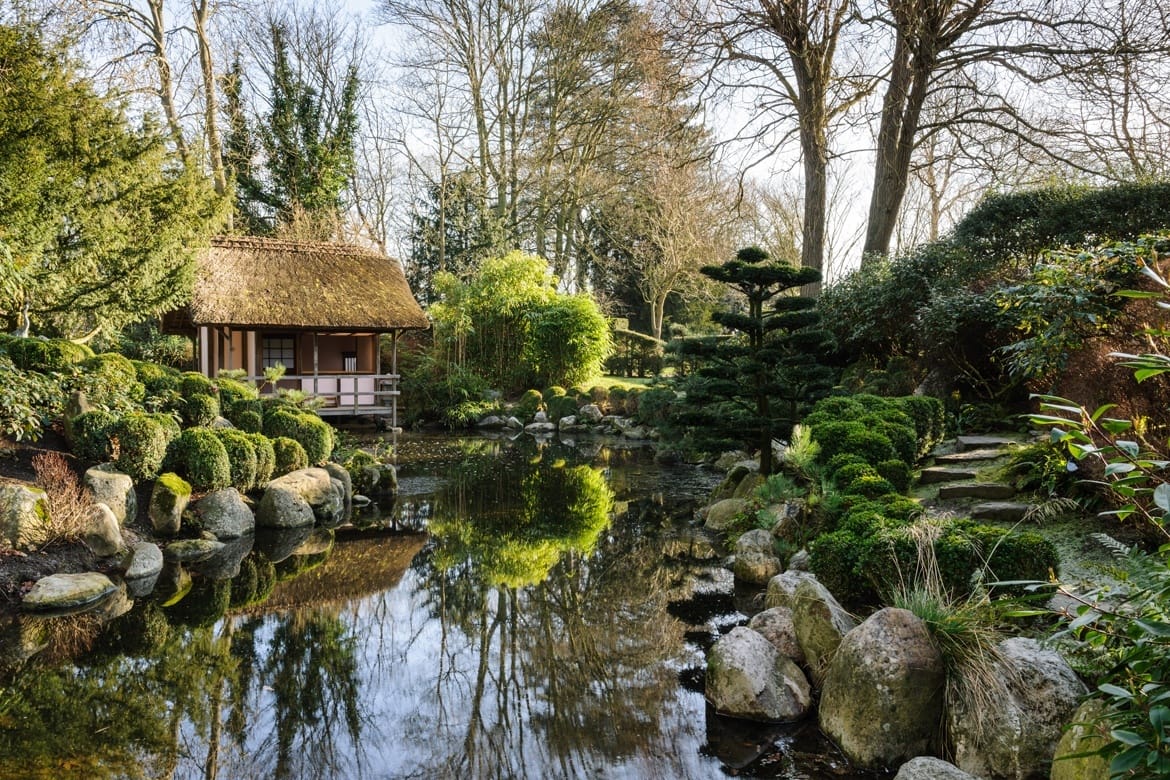
During the Kamakura Period (1185-1392), China’s influence returned and Zen Buddhism was enforced within Japanese culture. Thus producing ‘The Zen Garden’. Meditation requires room, therefore the Zen Garden’s elements and inclusion of water features such as waterfalls, were designed on a much smaller scale. The initial aim of this garden was to create a space that evoked a sense of nature whilst aiding the connection between human and earth.
‘The Tea Garden’ was first introduced by Master Sen-no-Rikyu during The Momoyama Period (1573-1603). These gardens were created for tea functions and included innovative features such as stepping stones and lanterns.
The final Edo Period (1603-1868) created the ‘Garden Walk’ which was heavily supported by the emperor. This style included elements from all the previous gardens in hope to create one unique Japanese style. Here, gardens included formal stone pathways, directing you up to traditional tea houses. They also added seating, which provided places to sit and contemplate along the outside of the garden.
Therefore, it is universally recognised that Japanese gardens provide an area for reflection and mindfulness. The natural beauty created by these gardens holds a message that happiness within life is not achieved through riches but through the simple appreciation of nature. The development of Japanese gardens is captivating and you can learn more here.
If you are looking for a little inspiration why not take tea in the beautifully tranquil surroundings of the Japanese Tea Garden at Belmond Le Manoir aux Quat’Saisons.
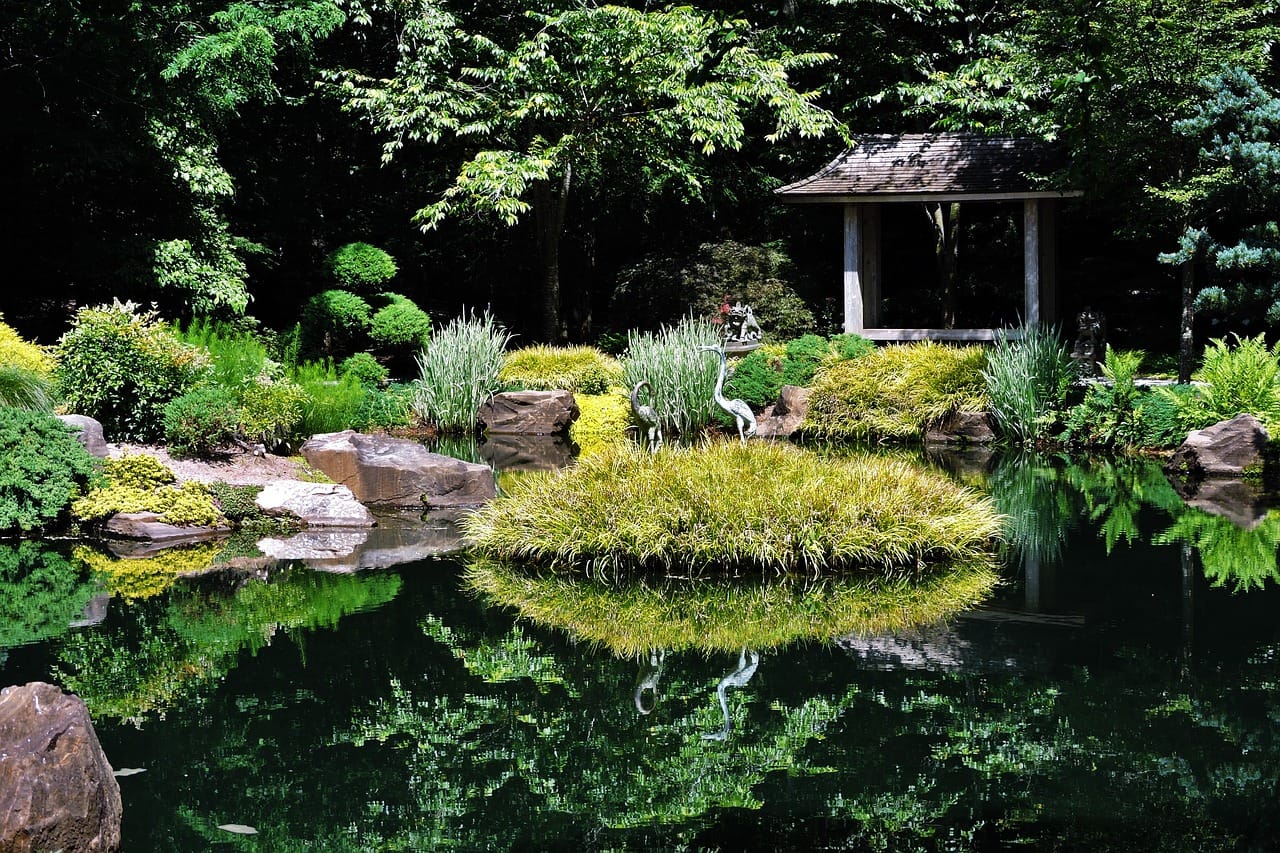
Infuse Japan within your garden
Here are some captivating, oriental features and landscaping techniques that can be incorporated into any garden.
1. Wondrous water
Many traditional Zen gardens include a water feature such as a stream or pond. A consistent echo of trickling water creates the perfect Zen atmosphere to give you and your mind a break from the, sometimes, chaotic nature of everyday life. An authentic Japanese addition to your pond could be a school of koi carp. Koi carp are historically oriental fish that originate from Eastern Asia therefore providing a traditional touch of wildlife to your garden.
A Japanese styled bridge could also be an authentically aesthetic touch. A walkway over your pond could provide a relaxing area for personal reflection. Traditionally these bridges are painted red, symbolising Japan’s national flag. Daring and bold, a dash of colour can transform your garden into an abstract paradise and offer a focal point that instantly sets the scene.
Introducing some aquatic plants, such as water lilies or lotus flowers to your pond transfers connotations of tranquility that are enhanced by the soothing nature of water. A calming combination and a simple yet effective addition to your pond.
2. Authentic Japanese plants and trees
These traditionally Japanese plants, trees and flowers will bring a beautiful blend of colour and culture straight to your garden.
- Acers – The Japanese Maple Tree – Deriving from East Asia, acer’s delicate leaves seasonally offer a palette of vibrant reds, oranges, pinks and even whites, that are sure to spice up your garden. The ornamental nature of acers are a captivating cultural statement that denotes and applauds the Japanese inspiration behind your garden.
- Azaleas – Azaleas have been used in Japanese gardens throughout history. They are extremely adaptable, coming in a wide range of colours to suit any taste, they are available in red, pink, yellow and white. Their horn-shaped flower head provides a delightful decoration to your japanese-inspired garden.
- Hakonechloa – Hakonechloa is also known as Japanese forest grass. When this vivid lime grass is lightly stroked by the breeze a relaxing ricochet is emitted, transmitting a soothing essence of Eastern Asia directly to your garden.
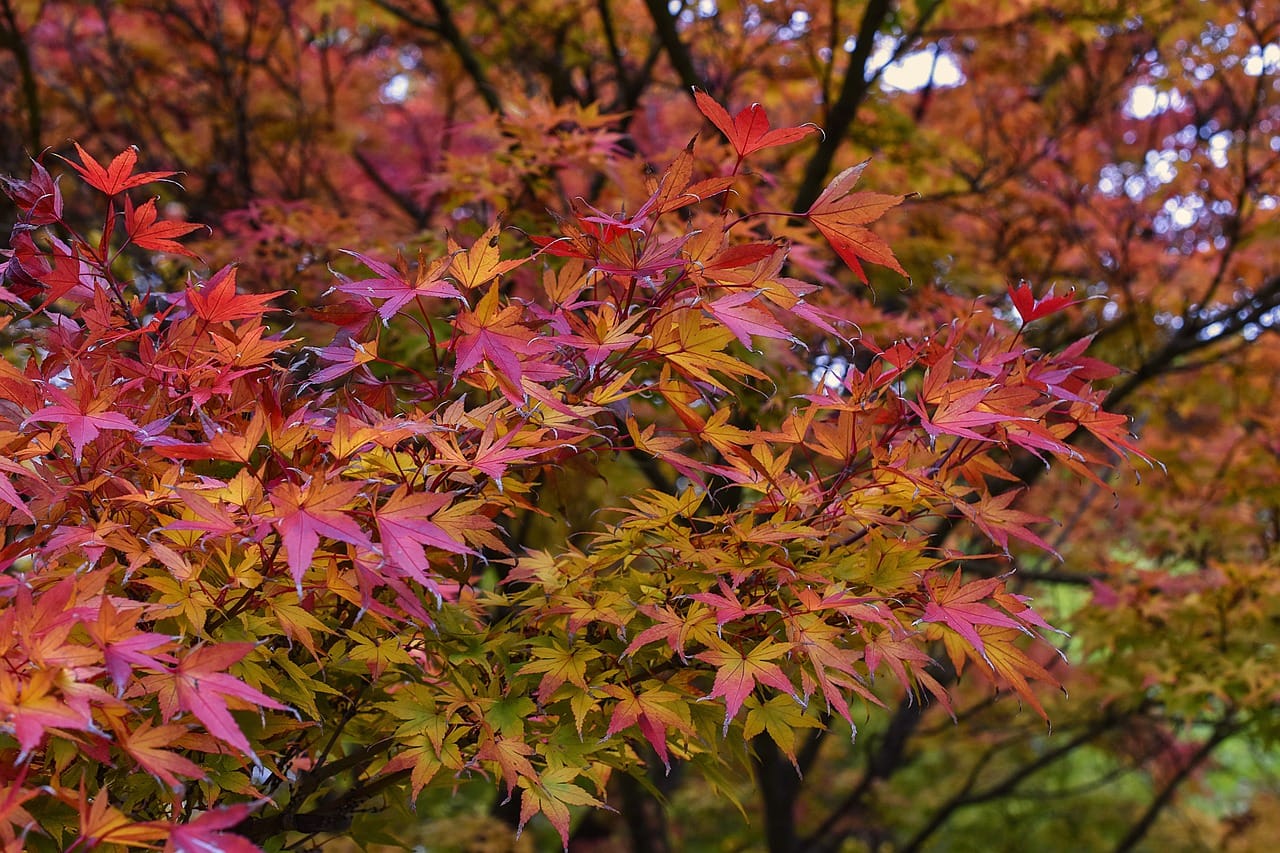
3. Spectacular structures
A pagoda is a traditional Japanese temple that has been historically included within many ancient gardens. A smaller alternative that still captivates the history of Japan is a pavilion. A pavilion could be the perfect place for a well deserved cup of tea, a catch up or even just a breather. Japanese lanterns hidden discreetly around your garden coupled with a picturesque pavilion convey a sensation of curiosity and would add a sense of decorative depth to your garden.
So, now you’ve seen these fascinating features and oriental objects, what are you waiting for? It’s time to acquire the Japanese garden of your dreams!
We can help you bring Zen to your landscape, find out how.

